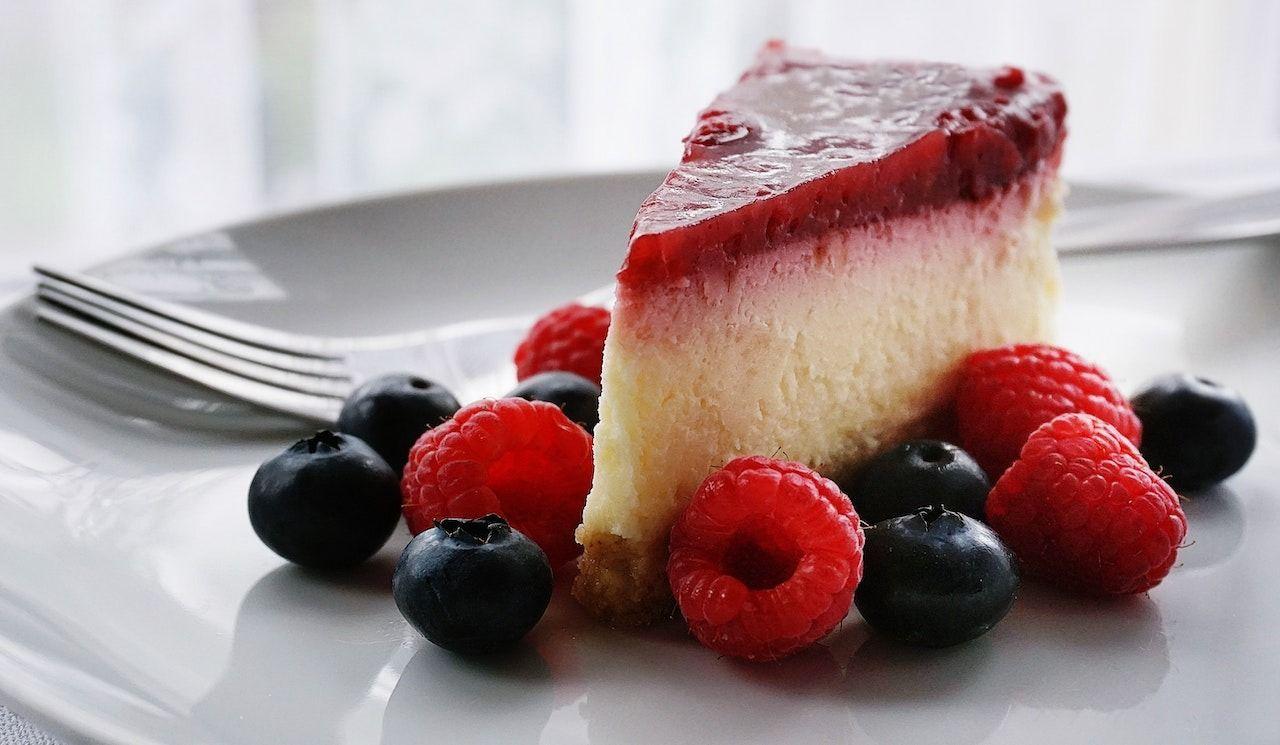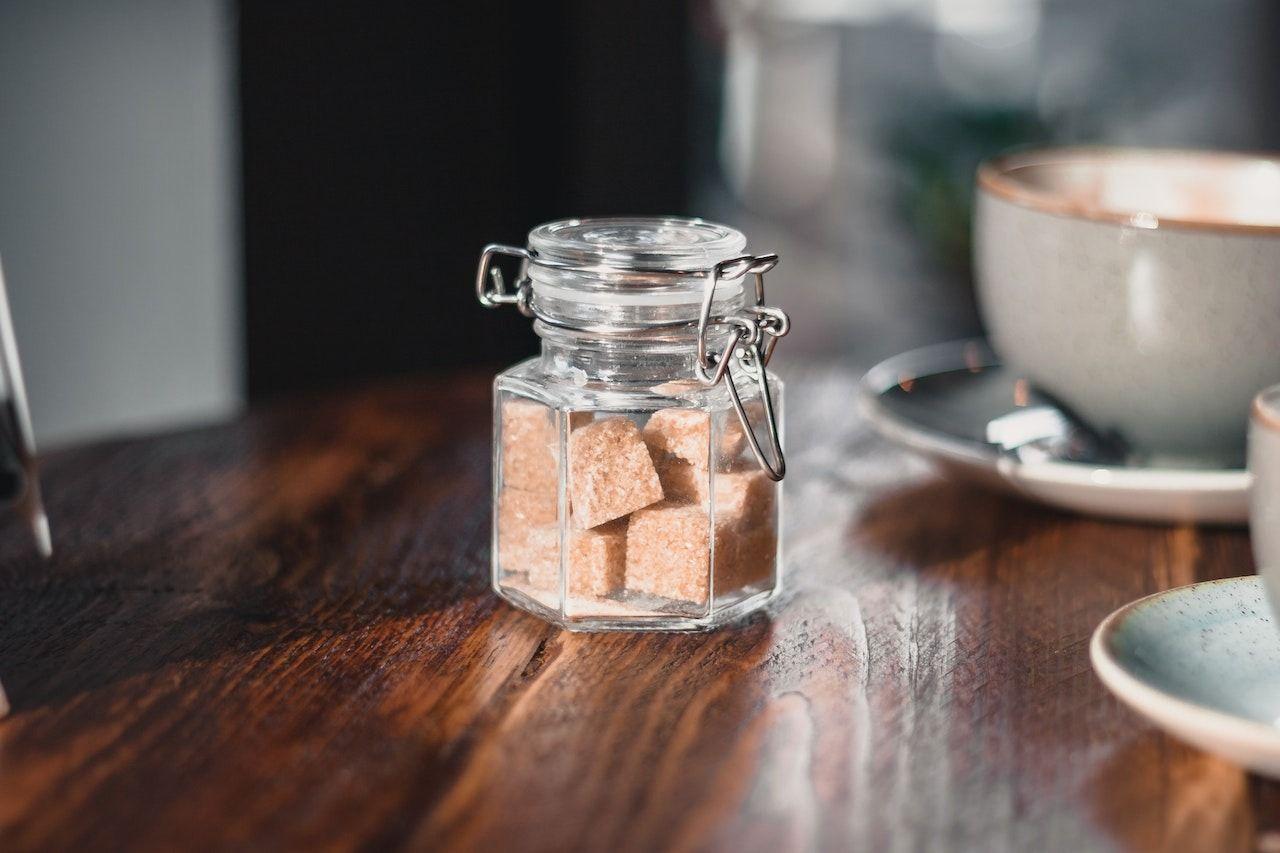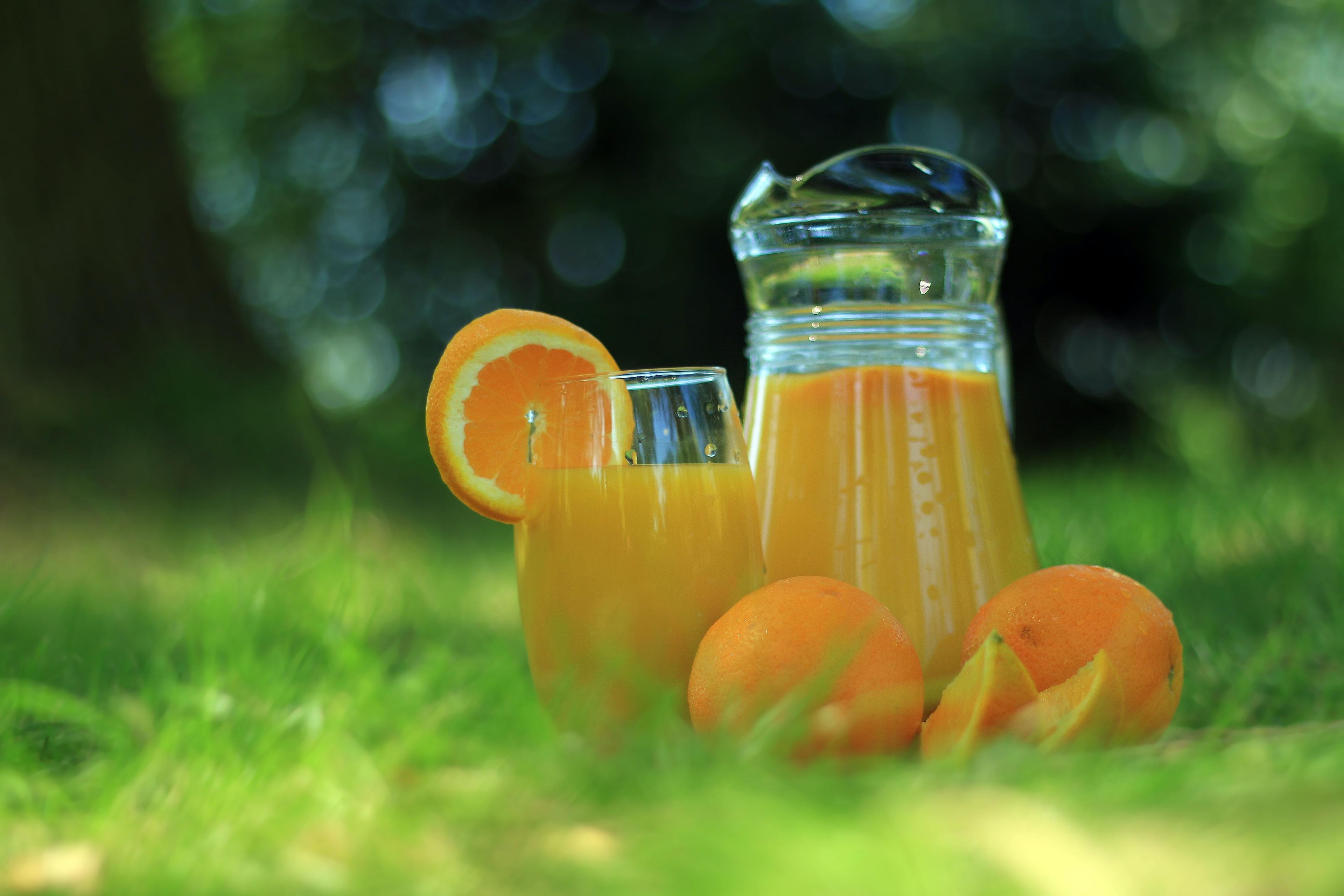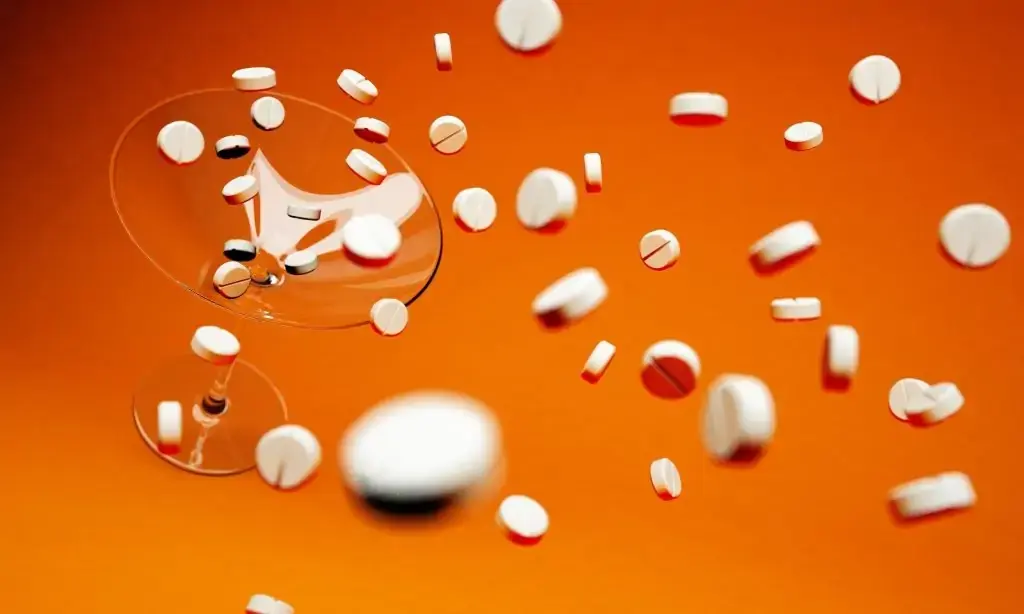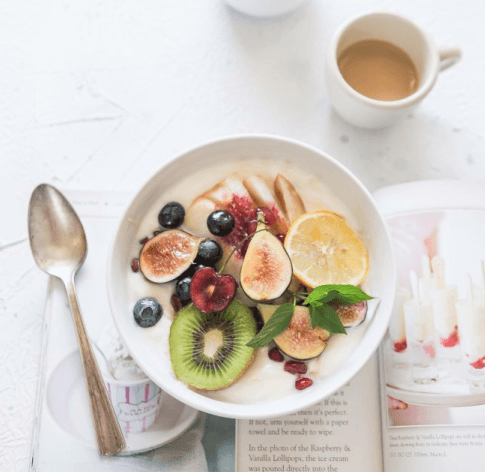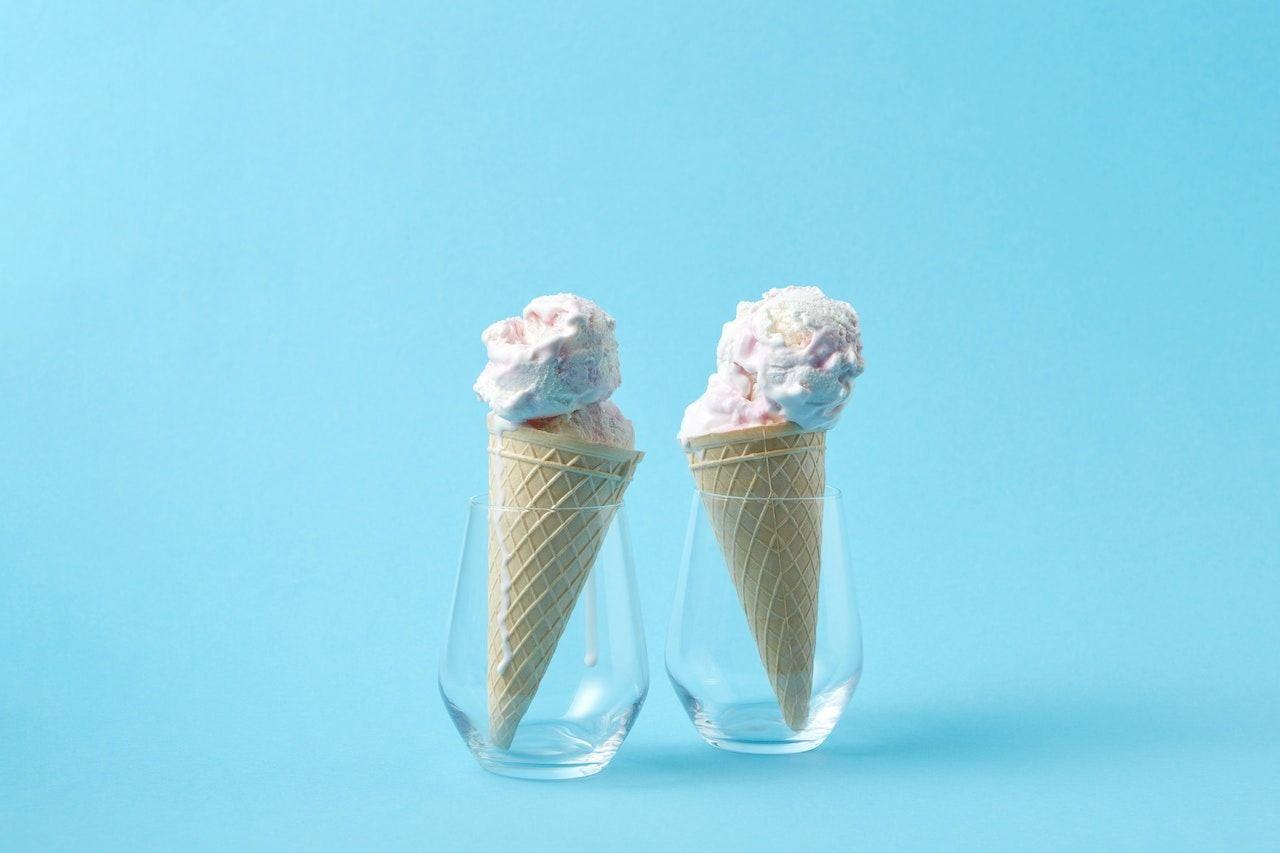Cystitis is a frequent satellite of autumn
With the advent of autumn, many women mention one of the most unpleasant companions of the cold – cystitis. According to various data, from 50 to 90% of women are familiar with bladder inflammation. Cystitis is the most common disease of the urogenital sphere in girls. Why do we suffer from it and how to get rid of it? Read about it in our new article.
Why the bladder is inflamed
Doctors call cystitis a woman’s disease because women have a wide and short urinary canal. This leads to the fact that bacteria, many on the body, around the vagina, in the pelvic organs, enter the bladder. The bacteria can stay there for years without worrying. And when the immunity is reduced (for example, a woman is frozen, sitting on a cold surface or throughout), the bacteria (in 75-80% of cases it is an Escherichia coli) go on the attack. Microorganisms and hypothermia are the two main culprits of cystitis.
Untreated cystitis is very dangerous because chronic inflammation can change the mucous membrane of the bladder. This condition is called leukoplakia.
How to determine the presence of the disease
Cystitis manifests itself immediately with acute symptoms or signs can be added gradually. The first criterion that is hard to miss is the frequent urge to urinate.
Further symptoms increase:
- discomfort, burning and itching in the perineum (so do the toxins from the excreted fluid);
- unpleasant, unusual sensations in the ureter;
- the urine changed colour, became dark, had a sharp odour;
- after emptying there is no feeling of complete release of the bladder;
- pain in the lower abdomen.
Later, uncharacteristic symptoms may be added that only indirectly indicate cystitis: headache, fatigue, insignificant fever. A clear sign of complications of the disease is blood in the urine.
The infectious or allergic nature of the occurrence of cystitis in the vast majority of cases is characteristic symptoms with severe itching in the perineum.
Cystitis treatment
The main goal of therapy is to eliminate the symptoms and treat the underlying cause that provokes inflammation. The drugs are prescribed by a urologist based on the data obtained.
In the acute form of the disease, it is desirable to rest, normalized diet, nutrition hot water. Along the way, mandatory heavy drinking and diuretics to accelerate the elimination of bacteria. At the same time prescribed antispasmodic drugs. The usual treatment period is one week. In no case can the course be interrupted. The elimination of the initial symptoms does not indicate complete recovery. Usually, the doctor prescribes:
- antibacterial drugs (prescribed for bacterial infection, this is a mandatory medical recommendation);
- antispasmodics – a common treatment for all forms of the disease (relieve muscle spasm, eliminate pain, promote the removal of urine without pain);
- anti-inflammatory medicines – remove inflammation from the mucous membrane, promote the recovery of the epithelium, reduce discomfort;
- phytotherapy – is appropriate either at the beginning of the disease or in complex treatment.
